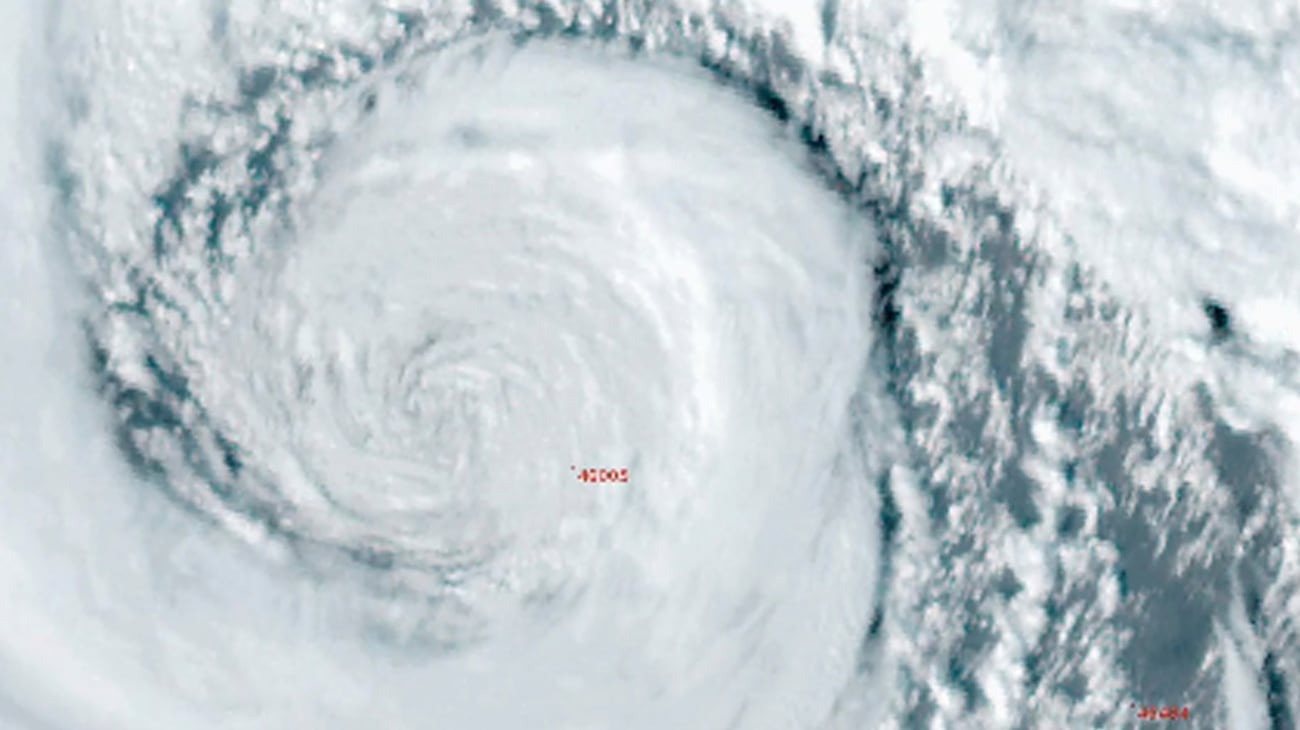A powerful storm system swept across the northwestern United States, bringing strong winds, heavy rain, and widespread disruptions. Dubbed a "bomb cyclone" due to its rapid intensification, the storm caused power outages across multiple states, downed trees, and resulted in at least two fatalities.
A bomb cyclone is a term used to describe a rapidly intensifying storm that undergoes "bombogenesis." This phenomenon occurs when a cyclone's central pressure drops by at least 24 millibars within 24 hours, signifying a powerful and sudden strengthening of the storm system. The name reflects the explosive nature of the intensification, which often leads to extreme weather conditions, including hurricane-force winds and heavy precipitation, as seen in the recent Northwest storm.
An incredible view of the 'bomb cyclone' strengthening and approaching the Pacific Northwest. pic.twitter.com/UeKyd0VA0z
— CIRA (@CIRA_CSU) November 20, 2024
Severe Weather Impacts
The storm, which began Tuesday, brought hurricane-force wind warnings and excessive rainfall alerts to the Pacific Northwest and California. The Weather Prediction Center described it as the strongest atmospheric river of the season for the region, with widespread flooding, rock slides, and debris flows reported. Rainfall totals in parts of northern California and the central coast were expected to exceed 10 inches (25 cm).
Bomb Cyclone Chaos in Bellevue! 🌪️ Trees crashing onto powerlines—residents left in the dark! More damage expected. 😳
— SEATTLESUBMISSIONS (@SEATTLESUBMISS) November 20, 2024
Stay safe and avoid unnecessary travel #SEATTLESUBMISSIONS pic.twitter.com/qbkynnpW4w
In the northern Sierra Nevada, up to 15 inches (38 cm) of snow was forecast, with gusts in mountain areas reaching 75 mph (120 kph). Similarly, the Cascades experienced heavy, wet snow and blizzard-like conditions, making travel across passes nearly impossible.
Fatalities and Property Damage
Falling trees caused significant damage in Washington state. In Lynnwood, a woman lost her life when a tree fell on a homeless encampment, and in Bellevue, another woman died when a tree crashed onto her home. Both incidents occurred Tuesday night as the storm intensified.
There are so many trees and power lines down, we would be posting the locations till the lights turn on. Stay home and stay safe! This is at 103rd Ave SE near 32nd ST SE in Lake Stevens. DO NOT ATTEMPT TO PASS! If anything more significant occurs, we will report. pic.twitter.com/MKi6ii5Dw0
— Snohomish Regional Fire & Rescue (@SnoRegionalFire) November 20, 2024
In Issaquah, Washington, strong winds left roads covered in debris, resembling a forest floor. Power lines were downed, leaving neighborhoods in the dark. At the storm's peak, over 530,000 homes and businesses in Washington were without electricity. Thousands more in Oregon and California faced similar outages.
“Trees are coming down all over the city & falling onto homes,” the Bellevue fire department posted on X on Tuesday night. “If you can, go to the lowest floor and stay away from windows. Do not go outside if you can avoid it.”
Transportation and Travel Disruptions
The storm also disrupted travel, with Southbound Interstate 5 closed for an 11-mile stretch near Ashland, Oregon, due to severe winter weather. Ferry services in northwestern Washington were halted, and travel advisories warned of hazardous conditions in mountain regions, including Mount Rainier National Park.
Midwest and Plains Affected
The storm extended its reach to the Dakotas and Minnesota, where early-season snow created treacherous road conditions. Up to 16 inches (40 cm) of snow was forecast in parts of North Dakota, and northern Minnesota reported multiple accidents due to icy roads. Strong winds in Montana and Nebraska further compounded the challenges.
Authorities Issue Safety Warnings
Officials across the impacted regions urged residents to stay indoors, avoid exterior rooms during high winds, and exercise caution while driving. Flood watches, blizzard warnings, and wind advisories remained in effect as the storm continued to move through the region.
The bomb cyclone's devastating effects underscore the importance of preparation and caution during extreme weather events. As recovery efforts begin, residents and authorities face the challenge of rebuilding and restoring services in the wake of the storm's destruction.












